How will the Covid-19 pandemic change our cities?
Potential solutions ranging from self-cleaning door handles to road-pricing to building hygiene tests.
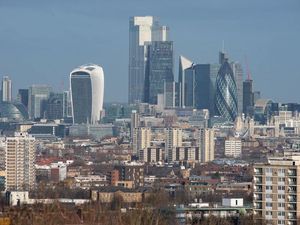
As citizens in shuttered cities around the world endure Covid-19 lockdowns many may be wondering how life can safely return to normal.
Our once-packed bars, busy trains and bustling offices now look like hotbeds for the spread of contagion.
Mark Kleinman, professor of public policy at King’s College London, summed up the dilemma: “We are in this strange situation where many of the benefits of cities, particularly economic benefits, have turned into vulnerabilities.”
So how do our urban centres restore activity safely? Can health protection be built into the metropolitan landscape?
Such questions are already being taken on by architects, planners, policymakers and designers, with potential solutions ranging from self-cleaning door handles to road-pricing to building hygiene tests.
Cities taking action
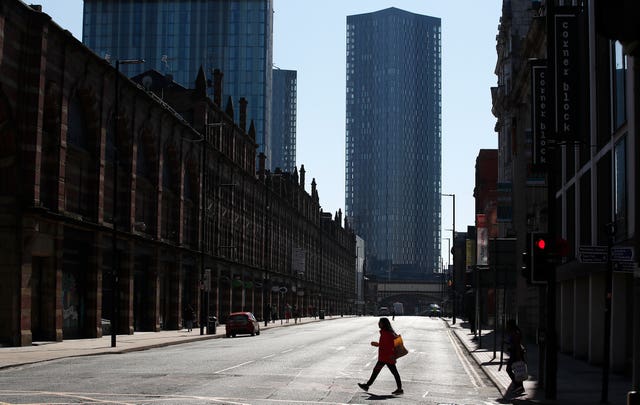
As the world waits for a coronavirus vaccine, city authorities are already finding ways to make the most of the lockdown.
The Lithuanian capital of Vilnius has announced plans to allow cafes and restaurants free access to its public spaces so they can reopen and comply with social distancing rules.
In Milan, Italy, officials want to capitalise on the absence of cars to introduce an ambitious new network of cycle lanes and walking space before traffic returns.
In the UK, Manchester’s council is reported to be looking at pedestrianising parts of the city centre, while the boroughs of Hackney and Lambeth in London have announced plans to widen pavements, close roads and improve walking and cycling.
Brighton’s seafront Madeira Drive has been closed to traffic.
Embracing technology

While cities may be changing their outdoor layout, adapting indoors spaces will prove more challenging.
Darren Comber, chief executive of architectural firm Scott Brownrigg, believes architects have an “implicit responsibility” to take on the problem now.
He has directed the company’s Design Research Unit (DRU) to shift its entire focus to minimising the spread of disease through the built environment.
Architects are working with technology experts in other fields, such as Formula 1, to take an “evidence-based design” approach.
Potential hygiene solutions could include titanium door handles that heat up through kinetic energy or infrared lights on escalator handrails that kill germs.
Mr Comber asked if even carpets could be designed to help absorb pathogens and “clean the air”.
Such technologies will be expensive, but Mr Comber said: “The challenge isn’t the costs of doing them, the challenge is the cost of not doing them, in my view.”
Tim Dixon, professor of sustainable futures in the built environment at the University of Reading, warned that “smart” solutions to the crisis may create their own problems.
“Covid-19 also raises issues of surveillance and privacy in cities, particularly if health apps are developed, and monitoring/policing infection is increased,” he said.
The UK Government has already met some opposition over the rollout of a contact-tracing app.
Testing for hygiene

Another role for Government could be in ensuring buildings of the future meet minimal levels of hygiene.
“In the same way you have hygiene standards for restaurants, you might have exactly the same for buildings,” Mr Comber suggested.
Such assessments could measure the quality of air, social distancing measures, the safety of entrances and the management of lift space.
Mr Comber added: “We have to bring that public confidence back in and I think one way of doing that would be to have a stringent set of tests that have to be regularly done that then demonstrate that your building does have the measures, that can be evaluated, and then you do get some sort of rating.”
Is there enough room?
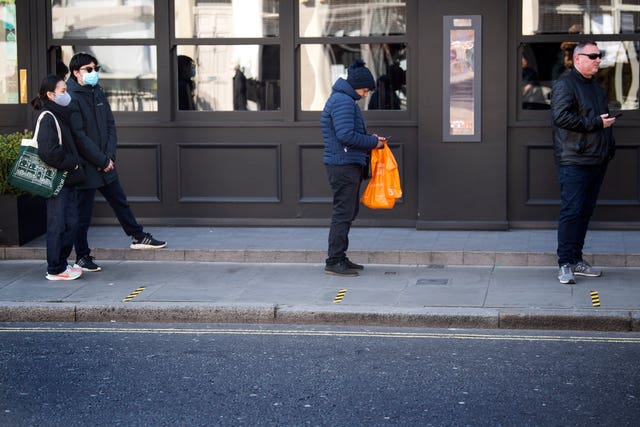
More large-scale changes could be on the way, said Prof Dixon: “A new environment in cities might include a bigger focus on green space and more adaptable spaces – the high street mix will probably alter as online retail grows.
“More flexible spaces will be needed for office working, and home working will become more common.”
Researchers at University College London have said there is an “urgent need to reallocate street space in London” after finding that two-thirds of the capital’s pavements are not wide enough to allow people follow the Government’s advice and stay two metres apart.
But radically retrofitting cities will be challenging and come at a cost, others have warned.
Robert Dingwall, professor of sociology at Nottingham Trent University, said: “It’s easy to create a narrative (that) we will have to have all our pavements made into two-metre spaces.
“And what then happens to historic cities like York, which have narrow streets? You really want to pull down the 15th century buildings in order to make them wider?”
Prof Dingwall said defining the area that separates people would be crucial in how cities manage space.
“Two metres, it’s a bubble. If you reduce that to be 1.5 metres or even a metre, then you quite drastically reduce the size of the bubble you have to create around individuals,” he said.
Putting a price on public space
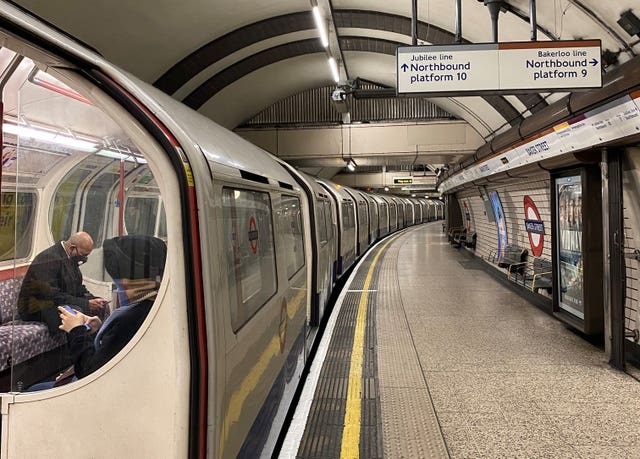
Prof Kleinman identified public transport as one of the most challenging areas to manage in a post-coronavirus world.
He said: “On the supply side… Transport for London or other operators will be thinking about ‘how can we run our services in a way which is safe, which keeps people distanced?’
“On the demand side, how long will it take for people to feel comfortable going back on the Tube and bus? Will some people never feel comfortable?”
He highlighted that while cities have been trying to drive down car use, many residents may now feel more protected from the virus in their own vehicles.
“You could imagine actually charging for road space more generally either across London or across the whole country and so on, because it is a precious resource,” he said.
“I can see that being charged for more because that’s a way of allocating it and rationing it using a market mechanism.”
Economic think-tank the Institute for Fiscal Studies has suggested that increasing peak-time ticket prices on London’s Tube and buses could help manage passenger numbers.
Mr Comber said the DRU was using computer modelling to create avatars in 3D “parallel worlds” to simulate how contagions spread through spaces and people can safely flow through transport hubs.
Spreading out the city
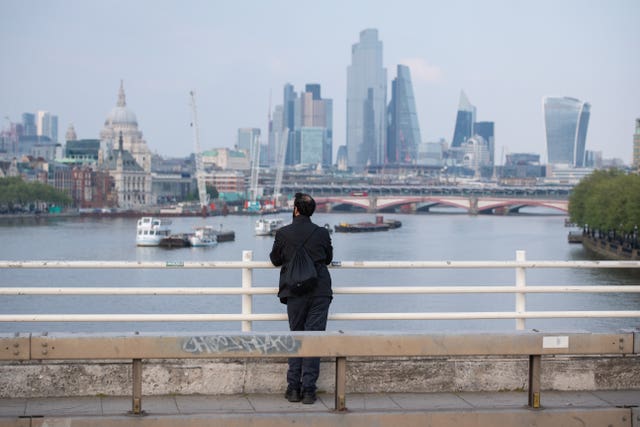
One question Prof Dingwall said experts are examining is “do we want to restore city centres at all?”.
He said one sustainable vision suggested by others could see urban centres replaced by a “chain of villages”.
Prof Dingwall added: “Do we just want kind of networks of cities which are merely networks of neighbourhoods where people might stop home working but might go to neighbourhood office hubs which are a bit like the start-up places or the service offices that have been growing rapidly in recent years?”
He said that under that model “the city centre is never really reactivated but… you try to recreate some of the social benefits of office life”.
But he warned that such a model failed to address how retail would work and risked creating “neighbourhood homogeneity”.
“You get none of the interactions and the mingling and the diversity that you would get in a traditional city,” he said.
Sharing space
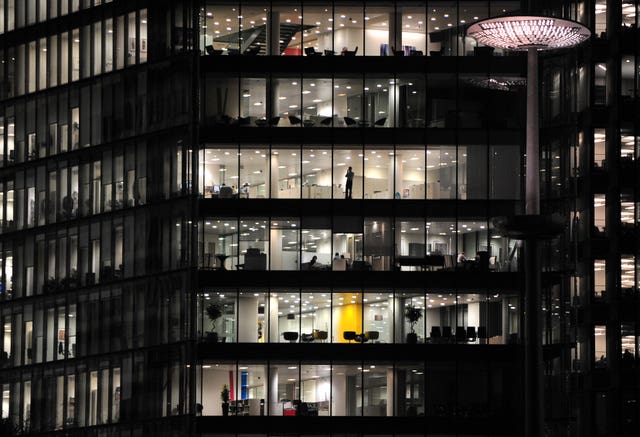
Prof Kleinman warned that the variety in city lifestyles and inequalities in cities are also factors that will influence housing design and office management.
“We’ve got a lot of smaller (housing) units being built and certainly in places like London, other big cities, for younger people, you’ve got a lifestyle where people don’t have that much individual space,” he said.
“And if your lifestyle is: you go to work, after work you go to the gym, or you go out for a meal, or whatever, then how much individual space you’ve got isn’t that important. Now, of course… it suddenly is very important.”
This also affects home-working and whether those with smaller homes can adapt to different office routines.
Prof Kleinman said offices that might once have held 2,000 workers could see half that number, with staff possibly taking turns to work from home.
But Prof Dingwall warned that many homes are not designed for this, while the mental health benefits of social workplaces would be lost.
Mr Comber highlighted that living arrangements will be limited by the choices available, but predicted a shift away from open-plan living and a heightened premium on external space.
“What we will need to do in buildings is make them environments where either you can get fresh air or you can have access to external environments,” he said.
He predicted offices would provide workers more access to the outdoors through terraces or open atriums at the top of buildings.
Cities here to stay

All experts emphasised there is much we do not know about how the coronavirus pandemic will permanently change our lives.
Prof Dingwall is worried that new measures may only segregate and isolate people even more, but Prof Kleinman has confidence in cities’ historical ability to adapt and survive.
He said: “I don’t think that the global role of London and New York is going to go away. But we’re going to have to think a bit more carefully about managing it, so that we reduce the risks.”
Prof Kleinman added: “And certainly in the history of London, there’s been huge changes, and cities are generally resilient, and they cope with change, and they do come back.
“So I don’t think London’s about disappear. To that extent I’m relatively optimistic.”





